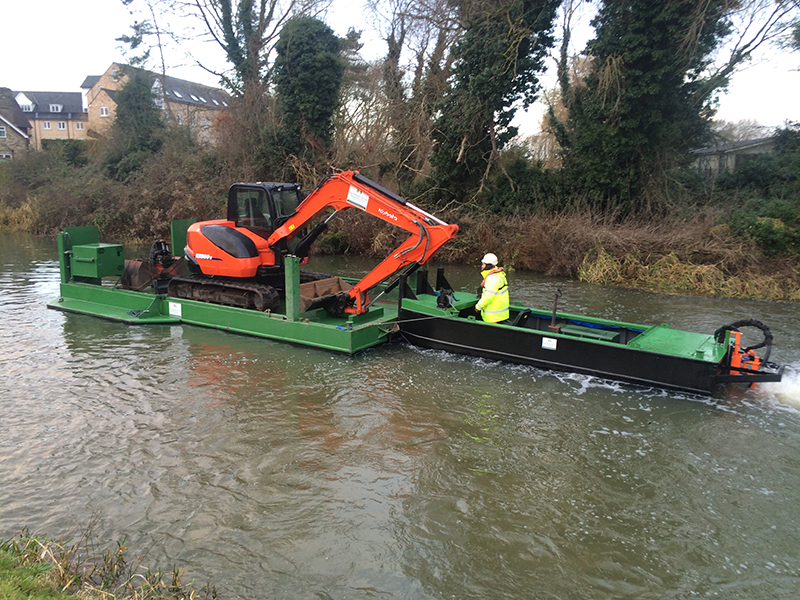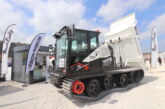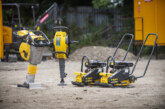
In preparation for construction work on the High Speed 2 (HS2) project, a prominent marine civil engineering and maintenance company has made special adaptations to its fleet and equipment.
Tasked with assisting contractors on the HS2 project across a number of sites, The Rothen Group (TRG) has made improvements to its fleet of specialist equipment in order to navigate a range of different challenges. The UK’s waterways will play a vital role in the construction of the high-speed rail line, and utilising them to their fullest extent will be a key factor in the success of the project.
Ian Rothen, founder of TRG, commented: “There are a number of locations across the project which have no road access, and this is where an organised fleet of marine equipment is crucial. We’ve ensured that our boats are able to transport materials to and from these sites, as well as undertake the work itself, in order to ease the pressure on busy boating areas, and keep canals open to the public.
“This has involved upgrading cranes to be high-capacity, thus allowing heavier materials and plant to be lifted. We have also adapted our boats to be able to carry a range of equipment, from micro diggers through to 13-tonne models. Any innovations that can ease the burden on existing transport networks and towpaths are important, and by using the waterways to their full potential, contractors can limit their impact on the local environment.”
In addition to this, more boats have been fitted with jack legs to create a stable working platform for structure inspections along the HS2 route. This enables contractors to undertake regular rigorous assessments, further ensuring quality across the project.
HS2 sites will encompass different types of terrain and topography, and there are further factors that have to be separately considered for urban and rural settings. Trackers can also be put onto boats to facilitate lone working in remote areas, relaying information such as if the boat is moving, and where it is moored overnight.
Urban sites require different approaches, as Ian explains: “Working in built-up areas can often mean coming into contact with higher volumes of debris in the water. In response to this, we have changed the propeller arrangements, which now work more effectively in shallow waters, and prevent rubbish from getting stuck around the propellers, reducing downtime.
“We have also ensured a greater quantity of boats are fitted out with welfare facilities, which is important for urban areas that struggle to find space for site cabins. Combined with the greener, high-tier engines that we have installed across the board, which help to meet emissions regulations, we are confident that our equipment is perfectly suited to projects in cities and towns.
“It is critical to get the details right on a project as high-profile as HS2. By making these adaptations to our fleet of specialist marine equipment, we are in a position to assist those unfamiliar with construction along UK waterways.”








